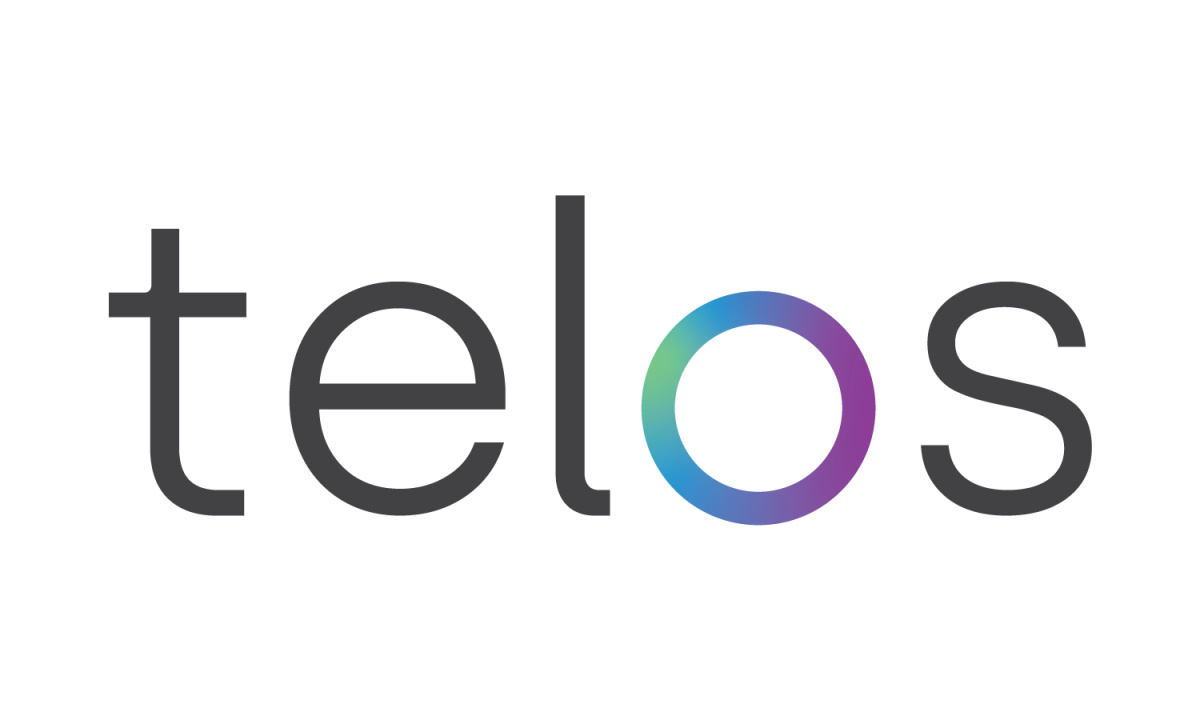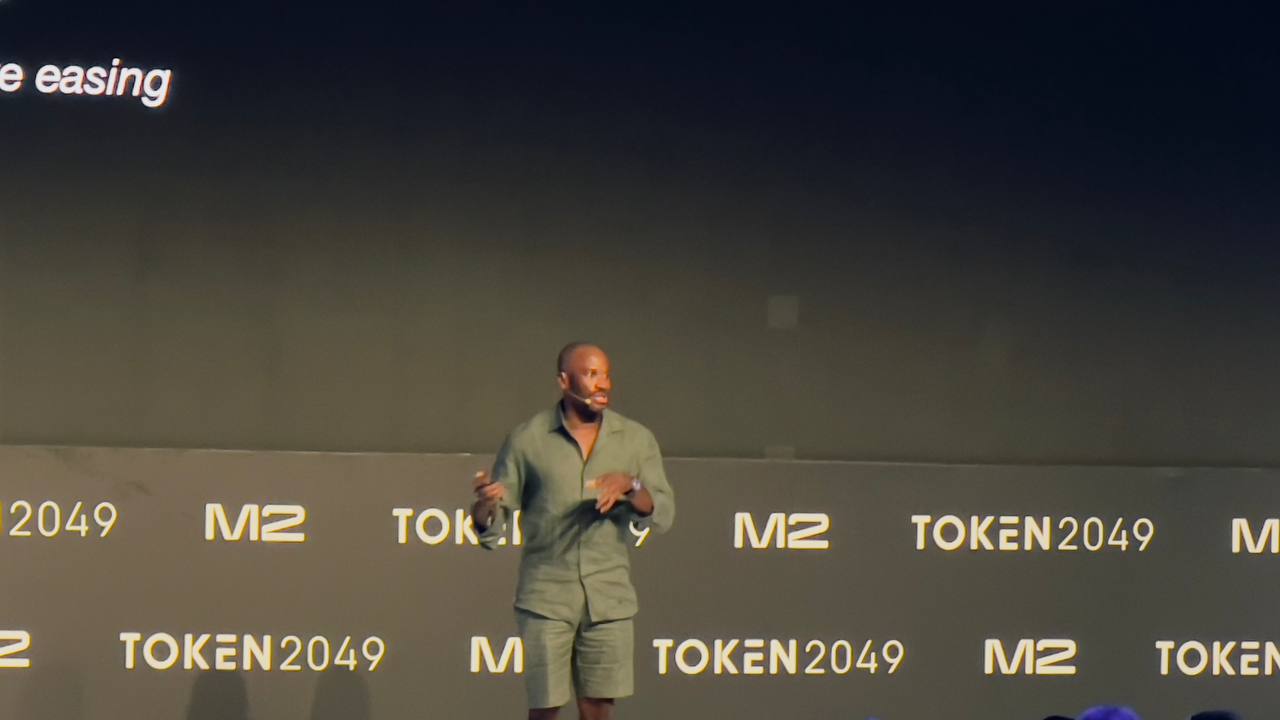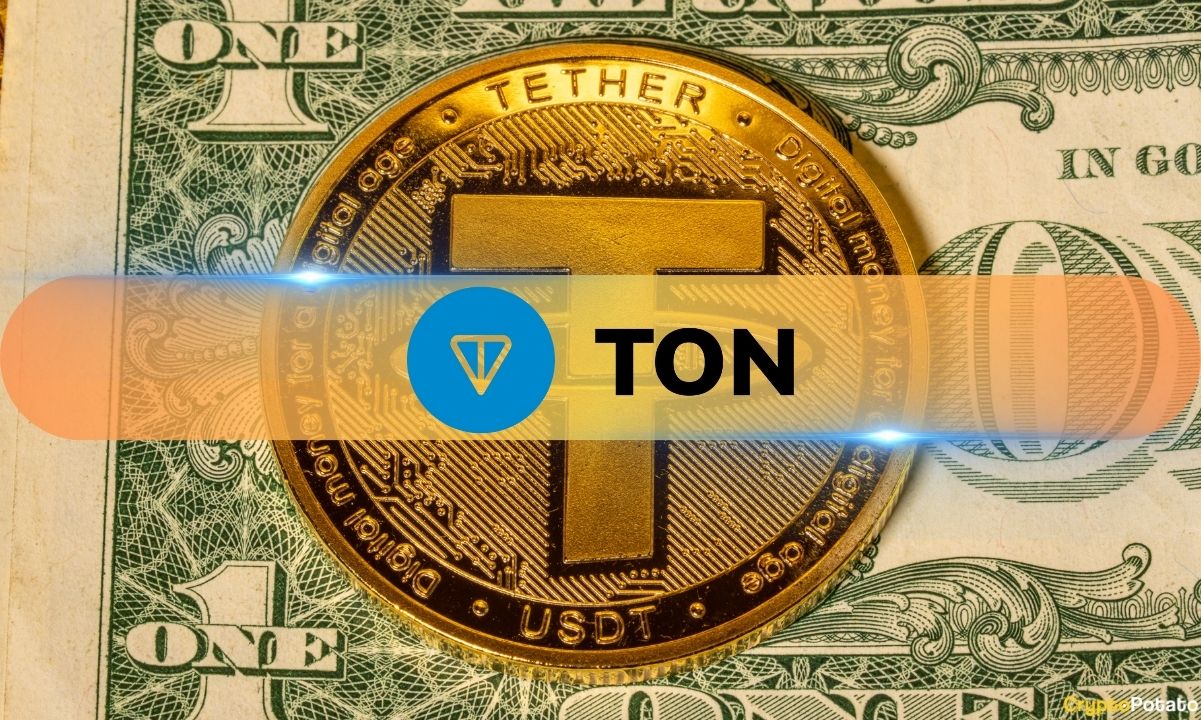Cryptocurrency
The Cloud Will Likely Power The Future Of Gaming And The Metaverse, But Will That Cloud Be Black Or Green?

Gaming is one of the fastest-growing industries in the world. According to a report by the research firm Mordor Intelligence, the market is expected to reach $314 billion by 2026.
The traditional AAA gaming category is dominated by companies like Activision Blizzard Inc. ATVI and Electronic Arts Inc. EA. This traditional model of gaming, iterated on since the early days of arcades, is seemingly quickly being disrupted by new technologies.
Much of the buzz in the past year has focused on the advent of blockchain gaming and the metaverse. These models provide a way for the player to gain ownership over the time they invest in a game and the assets they earn within.
The metaverse allows players to engage with each other in increasingly immersive and social ways, transforming the space entirely. According to a report by Bloomberg, by 2024 the metaverse will represent an $800 billion opportunity. Game devs the world over believe this and are investing heavily in the space.
Both blockchain gaming and the broader metaverse rely primarily on cloud computing to function. This is a trend seen across the internet, with a significant portion of all data trafficked either stored or processed in the cloud. At present, a handful of centralized companies like Amazon.com Inc. AMZN Microsoft Corp. (NASDAQ: MSFT) essentially have a monopoly in the industry.
According to some experts, this brings a host of issues, but one of the most oft-overlooked — is their climate impact. These companies make bold and promising claims regarding their commitment to sustainability, but some argue that the claims often prove to be hollow. The basic functioning of these hyper-scale cloud providers can lead to massive amounts of waste from server farms that dwarf football fields. The servers sit idle and gobble up energy that all too often continues to be sourced from coal and other fossil fuel plants.
Furthermore, their efforts to offset their usage are reportedly effective only at times and can end up with negative results. The new forests they plant can become tinder for wildfires. A black cloud could be hanging over the polished image of Big Tech.
However, some newer tech companies believe there may be an alternative. The cloud computing platform Cudos is one example that says it thinks that the future is green and decentralized. Its platform distributes cloud-computing tasks across a vast global network of individual users, who offer the spare power of their already operating systems.
This is meant to result in the network using energy that otherwise would go to waste. This model challenges centralized hyper-scale providers favoring the use of existing devices that are often idle. This ensures that the model is more sustainable through hardware recycling and practically outage-proof thanks to its decentralized nature with thousands of nodes.
If you would like to know more about the network, check out https://www.cudocompute.com/.
This post contains sponsored advertising content. This content is for informational purposes only and is not intended to be investing advice.
Featured photo by Pero Kalimero on Unsplash
Cryptocurrency
Telos Partners with Ponos Technology to Develop Hardware-Accelerated Ethereum L2 zkEVM Network

[PRESS RELEASE – Dubai, United Arab Emirates, April 19th, 2024]
The Telos Foundation today announced that it will work with Ponos Technology, the leading Zero Knowledge Proof (ZKP) research and development firm, to develop an end-to-end optimized, hardware-accelerated Ethereum Layer 2 network featuring SNARKtor, the Telos-developed decentralized recursive proof aggregator. The teams will take a hardware-software co-design approach that will help unlock new possibilities in terms of massive scalability, greater data protection and trustless interoperability for Ethereum users globally.
Ponos Technology provides end-to-end optimized solutions for ZK proving, which is essentially achieved by leveraging FPGA acceleration, thus maximizing business value streams through cost-performance optimized computation by matching hardware-software co-designed modules and dedicated execution environments. The team includes a unique blend of experienced scientists and highly skilled industry experts that have accumulated deep technical knowledge on all aspects of ZKPs.
“Zero Knowledge technology is going to become increasingly mainstream and can open the door to increased efficiency and security across so many industries,” said Slobodan Lukovic, CEO and co-founder, Ponos Technology. “Similarly to AI, steady enhancements in algorithms coupled with advancements in underlying hardware infrastructures will enable commoditization of ZKPs and result in the technology being widely adopted in the near future.”
Telos will also be working with several other new partners during the development cycle, including:
- Digital M.O.B. – One of the strongest Ethereum developer teams in the world, having worked on projects including MetaMask, MakerDAO and Gnosis, among others.
- ATKA – A Paris-based end-to-end Web3 incubator that has helped incubate world class projects such as Morpho and Mangrove, and whom Telos announced a strategic partnership with in March 2024.
- Cometh – An award-winning dev team led by ETH France President Jerome de Tychey, who joined Telos as a technical EVM advisor also in March 2024.
Telos Executive Director John Lilic, who helped lead pioneering teams at Consensys and Polygon in addition to maintaining his role as a Top 50 Web3 angel investor, will help coordinate and support the transformation. He will work closely with Alberto Garoffolo, Head of ZK technology at Telos and co-author of the SNARKtor whitepaper, and Jesse Schulman, CTO and Head of Engineering at Telos.
“Fundamentally, Ethereum will need to take a hardware-software co-design approach in order to realize zkEVM performance at tremendous scale,” said Lilic. “That’s the approach we’re taking with Ponos Technology and our growing partner network as we build a hardware-accelerated zkEVM L2. We believe that this formula, alongside the exciting work our team is doing with recursive proofs via SNARKtor, is going to offer compelling services to the Ethereum community and beyond.”
Telos was created in 2018 through a fair drop network launch that did not include an ICO nor token sale. Over the past six years, the Telos Foundation has helped steward the development of two primary networks – Telos EVM and Telos Zero – and will now also focus on building a highly performant and succinctly provable L2 zkEVM.
Additional details on the Telos L2 will continue to be announced in the lead up to EthCC in July, for which Telos is a primary sponsor. Live in Brussels from EthCC, the Telos team plans to broadcast its first-ever demo of SNARKtor to the world as a precursor to the official launch of the Telos L2.
About Telos
Telos is a decentralized blockchain ecosystem that includes Telos EVM, which tested as the fastest Ethereum Virtual Machine globally, and its high-speed consensus layer, Telos Zero. The project is also focused on expanding its capabilities with novel Zero Knowledge technology through the development of a hardware-accelerated Ethereum Layer 2 network powered by SNARKtor, which promises to enhance privacy and scalability for global use cases. Telos is overseen by The Telos Foundation, an ownerless foundation dedicated to advancing the Telos blockchain network and its community.
LIMITED OFFER 2024 for CryptoPotato readers at Bybit: Use this link to register and open a $500 BTC-USDT position on Bybit Exchange for free!
Cryptocurrency
Here’s Why Bitcoin (BTC) Will Not Stop at $100K: Arthur Hayes (Live From Token2049)

While talking about the monetary policies undertaken by the US government as well as other economic giants like China and Japan, BitMEX’s co-founder, Arthur Hayes, highlighted Bitcoin as the only suitable solution in times of expanding central banking balance sheets.
He made these comments during the current Token2049 conference in Dubai.
Hayes began by asserting that the real yields will continue to be negative, which is something the US Fed and Treasury are actively managing to maintain. This is because they are allowed to borrow funds at lower rates.
Should that trend continue, which has been the case for the past few decades, Bitcoin and other cryptocurrencies will keep increasing in value, said the former BitMEX exec. However, he also warned about the opposite but said there’s very little chance the real yields will go positive anytime soon.
He believes that the GDP numbers claimed by the US and other governments are artificial and are announced to the public to keep them at bay.
The solution for this fiat monetary policy lies outside of it, he noted. Hayes highlighted gold as the historical choice, given that it has existed for thousands of years. He said the yellow metal has served its purpose for a long time but it has numerous drawbacks that are bypassed by owning an asset that has all of its merits, without any of the potential negative sides – Bitcoin.
As seen in his presentation, gold is hard to carry, especially in large amounts, while BTC is digital. History has seen numerous examples where the government has seized gold holdings, and this can’t happen to Bitcoin, which exists in the digital world.
Given his prediction about the US’ monetary policy remaining the same, Hayes said people should turn to Bitcoin and not be deterred by the recent gains. They should not leave the market just because their positions are up 200% in the past several months.
He believes BTC’s price will keep going up and will not stop at $100K. He has made some quite bullish predictions in the past, including a $750,000 price tag for BTC in the next couple of years.
LIMITED OFFER 2024 for CryptoPotato readers at Bybit: Use this link to register and open a $500 BTC-USDT position on Bybit Exchange for free!
Cryptocurrency
Tether Launches USDT and XAUT on The Open Network (TON)

Leading stablecoin issuing company Tether announced the launch of its products, USDT and XAUT, on The Open Network (TON), a decentralized blockchain network formerly related to the popular messenger app – Telegram.
According to a press release sent to CryptoPotato, the launch of USDT and XAUT on TON expands Tether’s presence across the crypto sphere, bringing its coverage to over a dozen blockchains.
Tether Launches USDT and XAUT on TON
The launch of USDT and XAUT on TON will provide the network and Telegram’s 900 million user base with a borderless experience for peer-to-peer (P2P) payments and seamless value transfers between the ecosystem and other blockchains.
Commenting on the latest development, Tether CEO Paolo Ardoino said: “We’re excited to bring USD₮ and XAU₮ to The Open Network because we support its vision of an open and decentralized internet and a borderless financial system.”
Additionally, the integration will boost TON’s activity and liquidity, easing developers’ access to capital across various use cases. Tether said the move also indicates its support for TON and its ongoing development.
“The launch of USD₮ and XAU₮ on TON will allow seamless value transfer, increasing activity and liquidity while offering users a financial experience that can match those found in the traditional financial system. This furthers our mission of powering open financial infrastructure across the blockchain space,” Ardoino added.
USDT Now on 15 Blockchains
Following the integration of the stablecoins on TON, USDT is now live on 15 blockchains, including Ethereum, Tron, EOS, Algorand, Avalanche, Liquid Network, Near, Polygon, Solana, Bitcoin Cash’s Standard Ledger Protocol, Statemint, and Tezos.
This development comes shortly after USDT launched on the carbon-negative Ethereum Virtual Machine-compatible Celo network. The arrangement could see the stablecoin become a gas currency on the network.
Also, USDT recently crossed the $100 billion market cap milestone last month. At the time of writing, the figure had grown to $109 billion, per data from CoinMarketCap.
Meanwhile, Tether has expanded its business beyond stablecoins. CryptoPotato reported yesterday that the company unveiled a new framework encompassing different initiatives, including data, finance, power, and education. Tether has ventured into Bitcoin mining, P2P communication platforms, artificial intelligence, and digital skills education.
LIMITED OFFER 2024 for CryptoPotato readers at Bybit: Use this link to register and open a $500 BTC-USDT position on Bybit Exchange for free!

 Forex2 years ago
Forex2 years agoForex Today: the dollar is gaining strength amid gloomy sentiment at the start of the Fed’s week

 Forex1 year ago
Forex1 year agoUnbiased review of Pocket Option broker

 Forex2 years ago
Forex2 years agoHow is the Australian dollar doing today?

 Forex2 years ago
Forex2 years agoDollar to pound sterling exchange rate today: Pound plummeted to its lowest since 1985

 Cryptocurrency2 years ago
Cryptocurrency2 years agoWhat happened in the crypto market – current events today

 World1 year ago
World1 year agoWhy are modern video games an art form?

 Stock Markets2 years ago
Stock Markets2 years agoMorgan Stanley: bear market rally to continue

 Economy2 years ago
Economy2 years agoCrude oil tankers double in price due to EU anti-Russian sanctions























